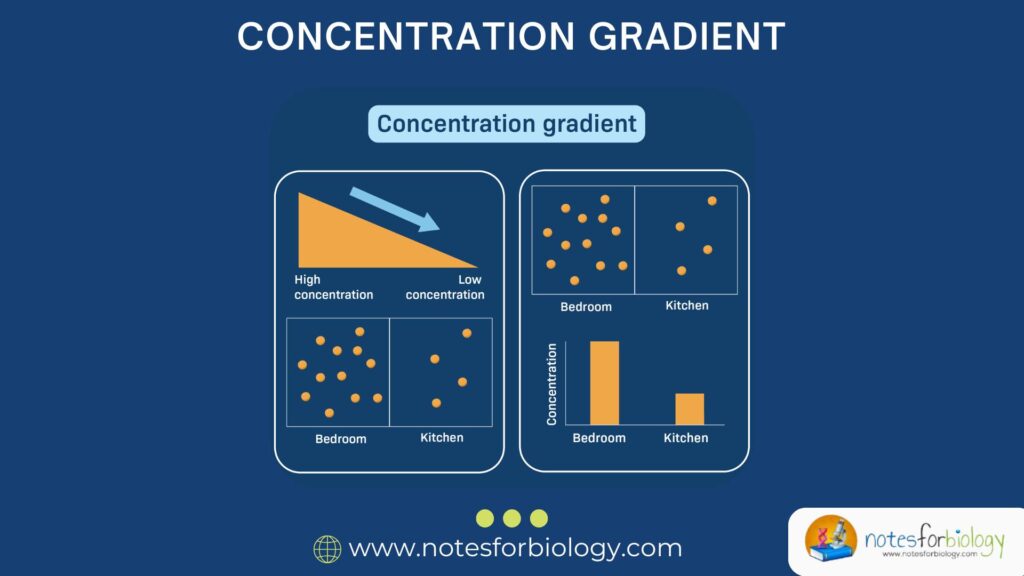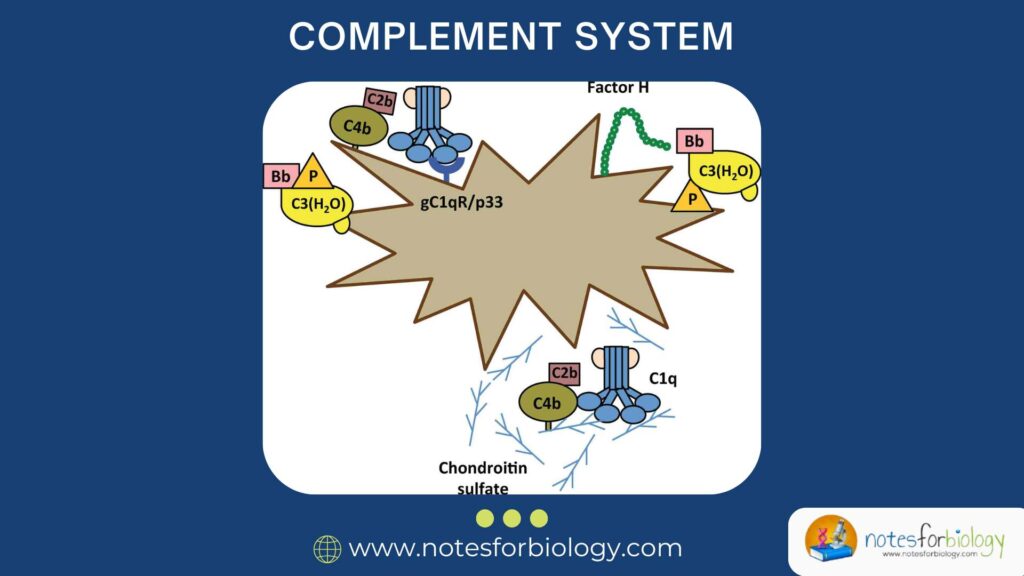Coomb’s Test
Introduction The immune system plays a vital role in protecting our body from foreign invaders. But sometimes, it can mistakenly attack our own cells. One of the best diagnostic tools that help detect such immune-related disorders, especially those affecting red blood cells (RBCs), is the Coomb’s test. Also known as the Antiglobulin Test, it helps […]










